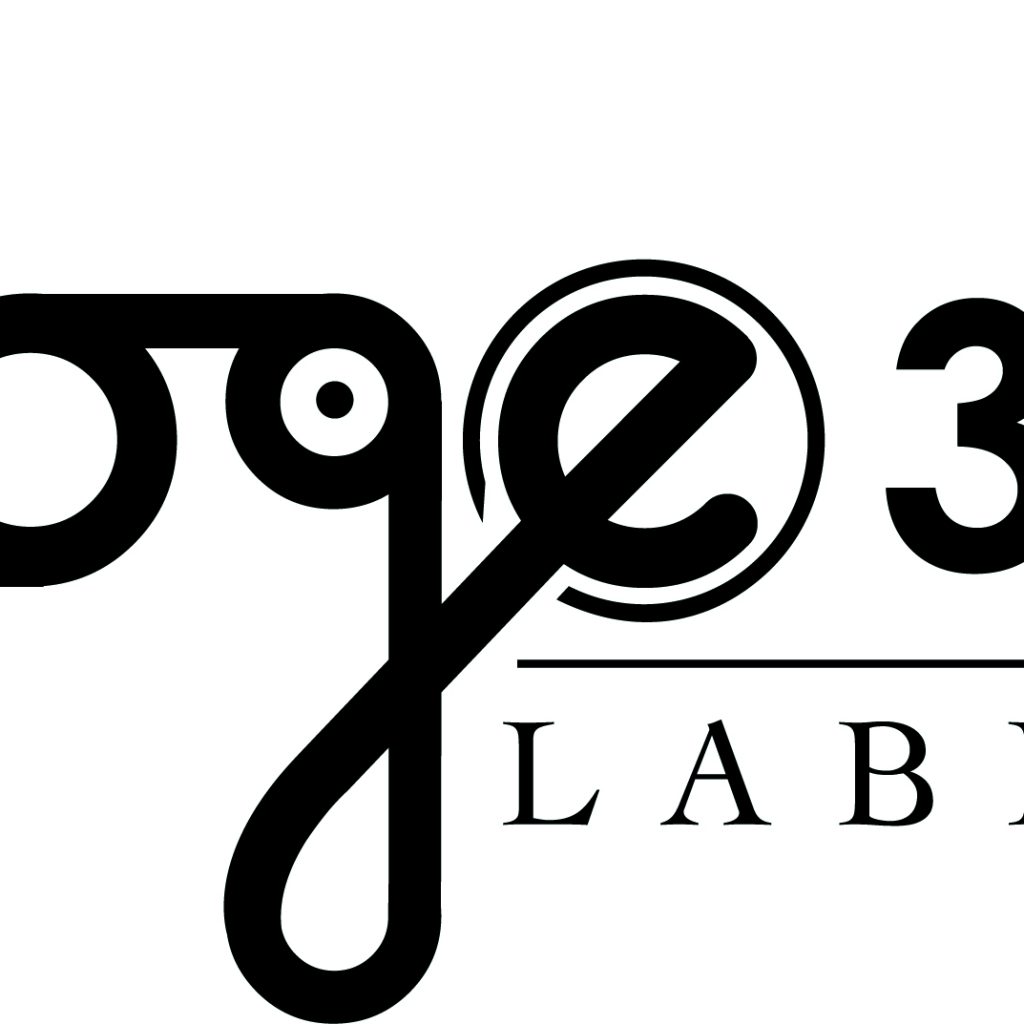Before one is to assess the value of contemporary West African art forms, as presented here by Loge34, one must be made aware of the powerful contributions of African art of antiquity, specifically the impact West African Art has had on the art world prior to the devastation of European colonialism. Ife, Benin, Ekoi, Igbo, Dan, Nok, Yoruba, and Fang are just a handful of the vast contributions West African ethnic groups has had on the world. Starting in the 1870s, thousands of African sculptures arrived in Europe in the aftermath of colonial conquest and exploratory expeditions. They were placed on view in museums such as the Musée d’Ethnographie du Trocadéro in Paris, and its counterparts in cities including Berlin, Munich, and London.
In 1907, Pablo Picasso was introduced to African Art at the ethnographic museum at Palais du Trocadero. The Fang mask in particular was the pivotal icon that not only influenced Picasso’s work, but also brought on the birth of the cubism movement in Europe. Paul Klee, Gauguin, Ernst Ludwig Kirchner, were other European masters to be influenced by early West African Art. Prior to colonialism, art form in Africa served far more importance than merely aesthetic value; it represented the social, political, economical and spiritual structure of the culture. The subsequent damage from European colonialism — on the culture and people of Africa — was inconceivable.
Loge34 is an independent label for promotion of the contemporary art of African origin. Based in Abidjan, Loge34 relies on curators on the continent and on a network of relevant professionals based in several European, Asian and North-American capitals. Marc-Arthur Gaulithy, associate director and curator of Loge34 provides exposure to contemporary artist in Abidjan, Ivory Coast. Ange Arthur and Alberic Kouassi, both members of High Art Fridays, are part of the Loge34 collective; the other artists are Wilson Mette, Sandrine Cha and Paterson Koffi. The Loge34 catalogue, Abidjan is the New York is the first of a series of publications that showcases these contemporary artists of the Ivory Coast.
Loge34 is dedicated to its mission of helping to establish a greater international market to the contemporary art of African origin and helping develop an internal market for the consumption of local productions. This is Loge34’s first publication that was released in 2016.
The market for contemporary art in Africa seems to have taken off; supported by major private collections, the Pigozzi collection in particular, and by biennials, art critics, curators and a bibliography that is expanding the presence of African artists in the world of contemporary art is progressing.
According to Giles Peppiatt, an expert at Bonhams in London, has said that Africa was one of the most prominent achievements in the field art. From his point of view, in some respects, Africa is China’s future in the arts sector, hence the need for investment in time, money and staff to maintain the presence in this market. Marc-Arthur
HAF: Hello Marc-Arthur, can you tell me a little about this project, Loge 34 label? Is this catalogue produced annually? How long has it been published?
Marc-Arthur: Loge34 is an independent label for promotion of the contemporary art of African origin. Based in Abidjan, Loge34 relies on curators on the continent and on a network of relevant professionals based in several European, Asian and North-American capitals. Today, it is also a matter of public knowledge that contemporary visual arts of African origins is starting to have the wind in its sails. As in any industry, the quality of the stakeholders is a very important factor. In our case, you have on the one hand, large art galleries, foundations, Western auction sales companies and on the other hand, various African artists left to themselves, struggling somehow to make their work known and bring upon recognition of their work.
Loge34 is dedicated to its mission of helping opening much more the international market to the contemporary art of African origin and helping develop an internal market for the consumption of local productions. This should include the production and drafting of artistic projects, audiovisual contents for cultural institutions as well as for galleries and collectors. Abidjan is the New York is the first of a series of catalogues, which will be published each year. It was published two months ago and is intended to galleries, sales channels and specialized press.
HAF: What criteria do you engage to select these artists?
Marc-Arthur: As its name suggest, Abidjan is the New York is a catalogue that enhances the work of young artists from the so-called “New Abidjan School.” All graduates from “The Academy of Beaux-Arts of Abidjan,” they paint the realities of the “African New York” that is the Ivorian economic capital city. What they have in common is the fact of being street artists who perfectly combine painting and performances. They also share in common techniques infringing the codes of academicism. They strongly believe that a work or art cannot be treated as a subject, but as a way of addressing their claims and advocacy.
HAF: Is there an exhibition planned to accompany this catalogue?
Marc-Arthur: Yes, there is. An exhibition is planned for the end of this year in Abidjan to accompany this catalogue. We are also looking forward for potential exhibition in a few Western capitals such as New York, London or Paris.






















